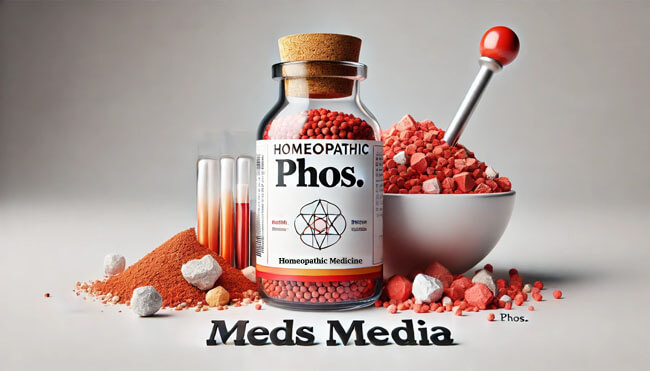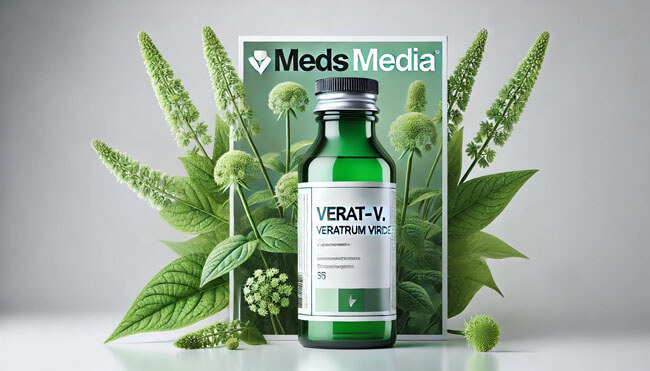Ranunculus bulbosus is a homeopathic medicine derived from the plant known as buttercup. It is primarily used for the treatment of various skin conditions and neuralgic pains.
Properties and Preparation:
Scientific Name: Ranunculus bulbosus
Common Name: Buttercup
Preparation: The fresh flowering plant is collected during the blooming season and used to prepare the homeopathic remedy.
Symptoms treatment and materia medica:
Neuralgic Pains: Severe, shooting, or stabbing pains that follow the course of nerves. It can occur anywhere in the body, including the face, chest, or limbs.
Intercostal Neuralgia: Neuralgic pain along the intercostal nerves, causing stitching or shooting sensations between the ribs.
Herpetic Eruptions: Skin eruptions with small blisters that may appear in clusters, often accompanied by burning or itching.
Shingles: Painful skin rash caused by the varicella-zoster virus, characterized by fluid-filled blisters that typically develop in a band or strip.
Pleurodynia: Severe pain in the chest wall muscles, often aggravated by breathing, coughing, or movement.
Sciatica: Pain that radiates along the sciatic nerve, typically affecting one side of the body and extending from the lower back down to the legs.
Rheumatic Pains: Deep, aching, or sore pains in the joints or muscles, worsened by motion or cold weather.
Pains with Weather Changes: Symptoms worsen or are triggered by changes in the weather, especially cold, damp conditions.
Sensitivity to Touch: Increased sensitivity or tenderness of the affected area, even to slight touch or pressure.
Itching Pustules: Small, pus-filled eruptions on the skin that cause itching and discomfort.
Dry Skin: Skin that appears dry, rough, or scaly, often with a tendency to crack.
Numbness and Tingling: Abnormal sensations like numbness, tingling, or prickling in the affected area.
Violent Cough: A cough that is dry, spasmodic, and causes a stabbing pain in the chest.
Migraine Headaches: Intense, throbbing headaches, often localized to one side of the head, accompanied by nausea and sensitivity to light and sound.
Eye Affections: Symptoms like redness, itching, burning, or watering of the eyes, sometimes associated with neuralgic pain.
FAQ about Ranunculus bulbosus:
Q: Is Ranunculus bulbosus safe to use?
A: Homeopathic remedies are generally considered safe when used according to the recommended dilutions and guidelines. However, it is always best to consult a qualified homeopathic practitioner for proper evaluation and dosage.
Q: Can Ranunculus bulbosus be used for children?
A: Yes, Ranunculus bulbosus can be used for children. However, it is advisable to consult a homeopathic practitioner to determine the appropriate dosage for children.
Q: How is Ranunculus bulbosus dosage determined?
A: The dosage of Ranunculus bulbosus can vary depending on the individual’s symptoms, severity, and response to the remedy. It is typically available in various potencies (such as 6C, 30C, 200C, 1M OR 10M), and the appropriate potency and frequency of dosing are determined by a trained homeopathic practitioner.
Q: Can Ranunculus bulbosus be used alongside conventional medication?
A: Homeopathic remedies can often be used alongside conventional medications. However, it is recommended to consult with a healthcare professional or a qualified homeopath to ensure compatibility and avoid any potential interactions.
Q: How long does it take for Ranunculus bulbosus to show results?
A: The duration of treatment and the time it takes for Ranunculus bulbosus to show results can vary depending on the individual and the nature of the condition being treated. Some individuals may experience relief in a short period, while others may require longer-term treatment. It is important to be patient and consistent with the prescribed dosage.
Q: Are there any known side effects of Ranunculus bulbosus?
A: Homeopathic remedies like Ranunculus bulbosus are generally considered safe and free from significant side effects. However, in rare cases, some individuals may experience an initial aggravation of symptoms or mild hypersensitivity reactions. If such reactions occur, it is advisable to consult a homeopathic practitioner.
Q: Can Ranunculus bulbosus be used for self-treatment?
A: While homeopathic remedies are available over the counter, it is recommended to consult a qualified homeopathic practitioner for a proper evaluation and individualized treatment plan. Self-treatment with Ranunculus bulbosus may be suitable for acute or mild conditions, but for chronic or more complex cases, professional guidance is recommended.
Recommended Books for Reference:
- Homeopathic Materia Medica” by William Boericke
- The Prescriber” by John Henry Clarke
- Keynotes and Characteristics with Comparisons of Some of the Leading Remedies of the Materia Medica” by H.C. Allen
Please note that the information provided here is for informational purposes only and should not replace professional medical advice. It is always recommended to consult qualified homeopathic doctors for proper diagnosis, guidance on the use of Ranunculus bulbosus and individualized effective homeopathy treatment.
Similar Posts
Zincum Picricum Homeopathic Medicine & Personality | Uses, Benefits & Indications
Zincum Phosphoricum Homeopathic Medicine & Personality | Uses, Benefits & Indications
Zincum Iodatum Homeopathic Medicine & Personality | Uses, Benefits & Indications
Zincum Bromatum Homeopathic Medicine & Personality | Uses, Benefits & Indications
Zea Homeopathic Medicine & Personality | Uses, Benefits & Indications
Zincum Aceticum Homeopathic Medicine & Personality | Uses, Benefits & Indications
Zincum Cyanatum Homeopathic Medicine & Personality | Uses, Benefits & Indications
Zincum Muriaticum Homeopathic Medicine & Personality | Uses, Benefits & Indications
Zincum Oxydatum Homeopathic Medicine & Personality | Uses, Benefits & Indications
Zincum Sulphuricum Homeopathic Medicine & Personality | Uses, Benefits & Indications

Phosphorus Homeopathic Medicine & Personality | Uses, Benefits & Indications
Causticum Homeopathic Medicine & Personality | Uses, Benefits & Indications

Top Global Homeopathic Medicine Manufacturers

Top renowned Homeopathic research institutes worldwide


